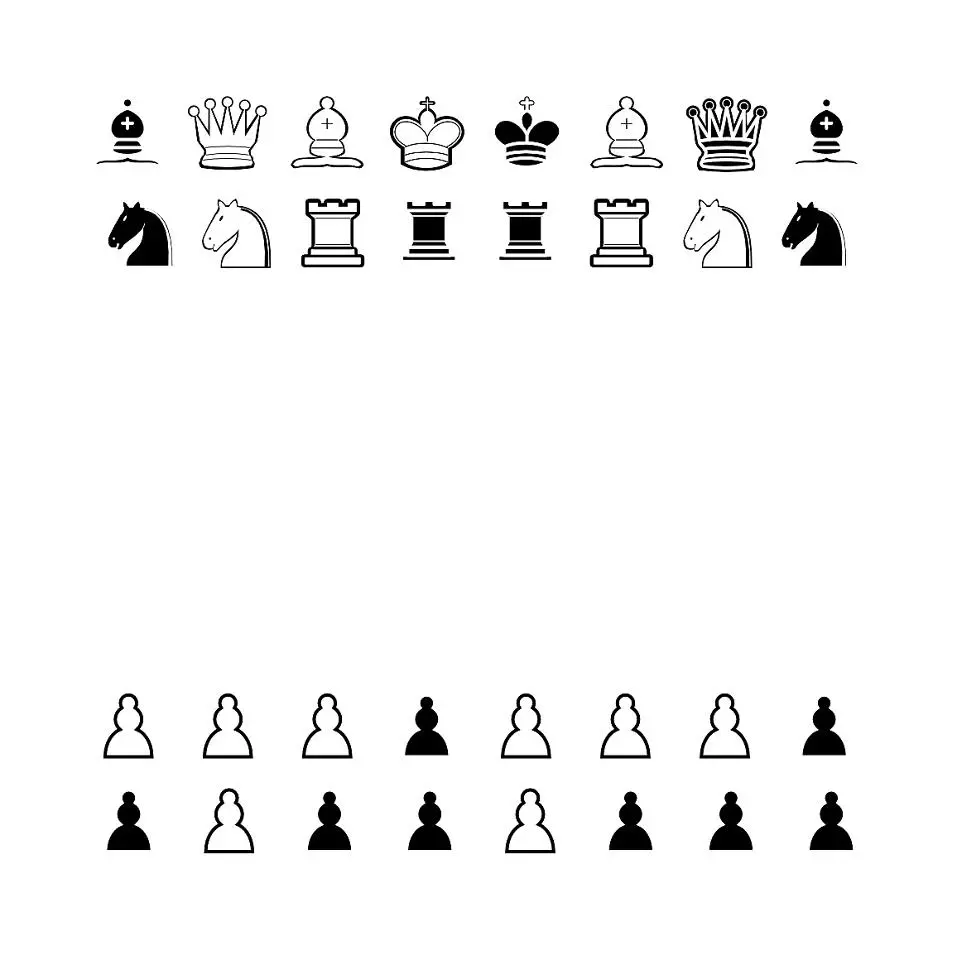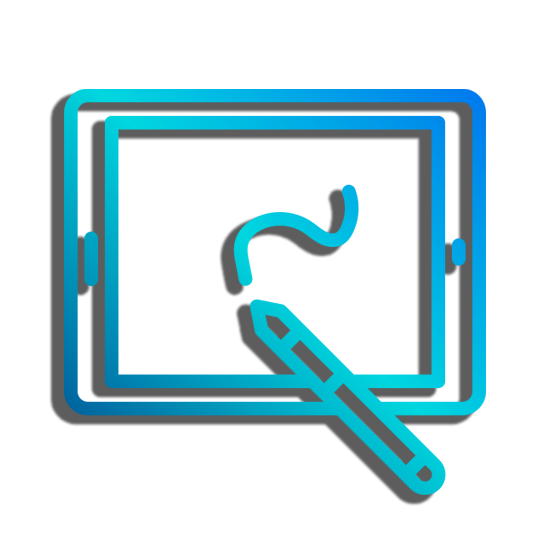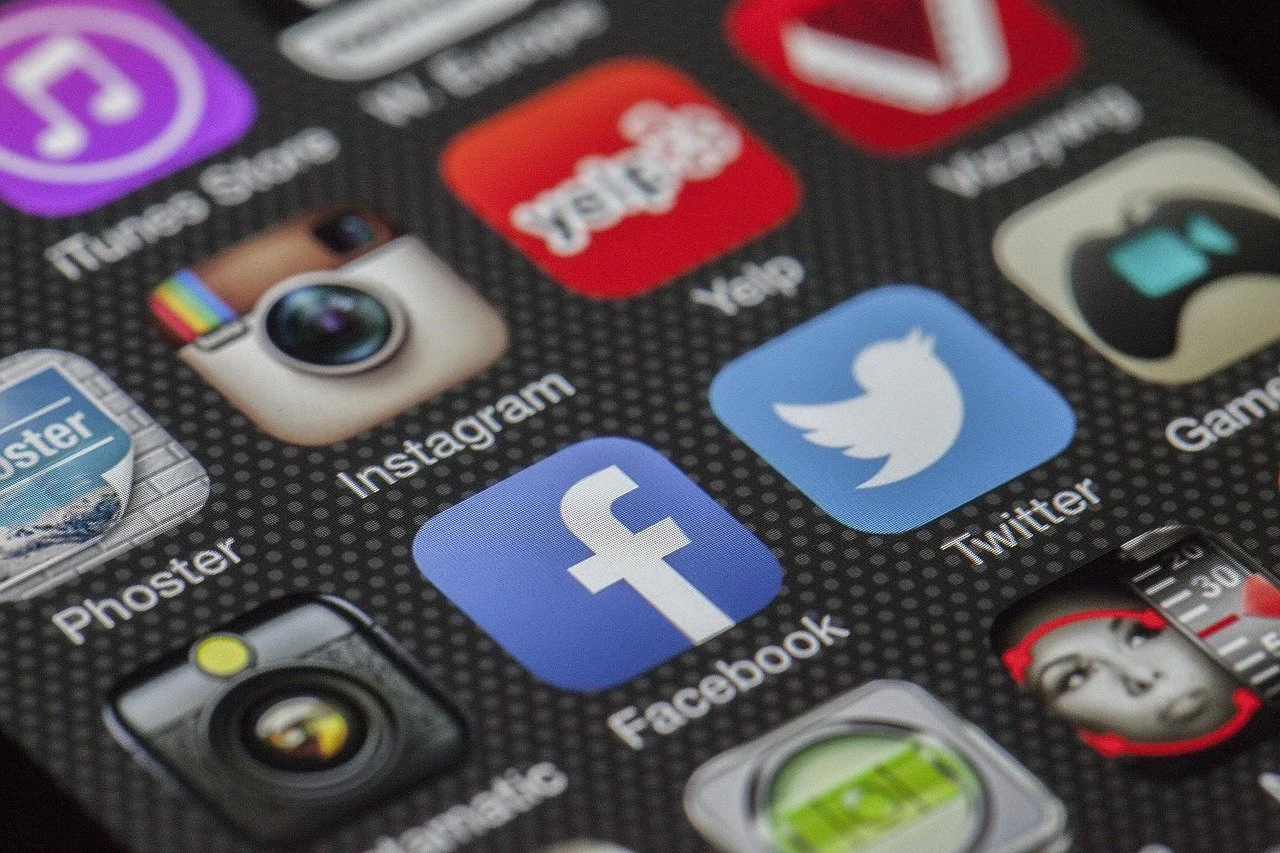

i don’t use rules but fairmail has an option about gmail labels in rules ☞ https://m66b.github.io/FairEmail/#faq71
I’ve been using fairmail for some years. I’m on tuta now but i may end up getting a mailbox.org just to have fairmail as my main mailer again













if he’s such a boogle fan, why even did he have a phone with LOS?